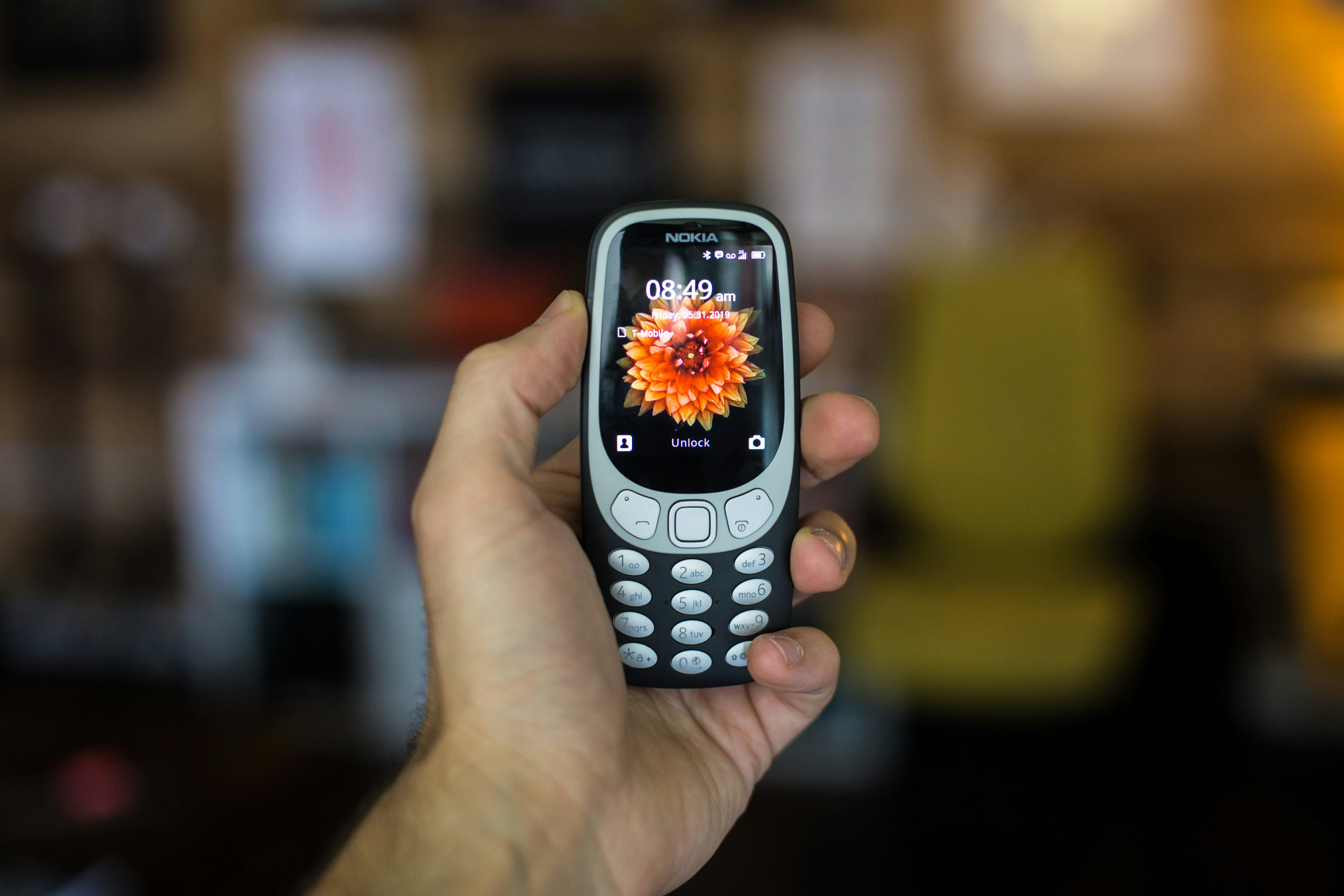In the late 1990s and early 2000s, one name was synonymous with mobile phones: Nokia. The Finnish giant wasn’t just a market leader; it was an icon. Its devices were renowned for their durability, battery life, and simple functionality. Owning a Nokia, whether it was the indestructible 3310 or the sleek N-Gage, was a rite of passage. Yet, in what seemed like a blink of an eye, the company’s dominance evaporated, leading to one of the most dramatic corporate collapses in history. So, what happened? How did a company that held nearly 50% of the global mobile phone market go from king to casualty?

The story of Nokia’s downfall is a complex tapestry woven with threads of strategic missteps, technological stagnation, and a failure to adapt to a rapidly changing landscape. It’s a cautionary tale for any business, regardless of its size or industry.
The Warning Signs: A Failure to Innovate
Nokia’s decline wasn’t an overnight event. The first cracks began to appear in the mid-2000s, and they were centered around a fundamental issue: a failure to innovate. While the company was busy refining its Symbian operating system—a platform designed for a pre-smartphone world of text messaging and basic calls—competitors were quietly working on something entirely different.
The iPhone, launched by Apple in 2007, was the first seismic shock. It wasn’t just a phone; it was a revolution. The iPhone’s intuitive, multi-touch interface, coupled with its seamless app store, redefined user expectations. Users no longer wanted a device to just make calls; they wanted a mini-computer in their pocket.
Nokia’s response was slow and hesitant. They dismissed the iPhone as a niche, expensive gadget. “It’s a fancy toy for rich people,” was the general sentiment. This hubris proved to be a fatal flaw. They were too confident in their existing business model and failed to recognize the shift from hardware-centric design to software-centric platforms.
The Symbian Stagnation
The biggest technical anchor holding Nokia back was its reliance on the Symbian operating system. Symbian was a powerful, complex OS for its time, but it was not designed for the modern smartphone era. It was difficult for developers to create applications for it, and the user interface felt clunky and outdated compared to iOS and the emerging Android platform.
While Apple and Google were building vibrant ecosystems with thousands of apps, Nokia’s Ovi Store was a ghost town. The lack of popular apps—from social media to games—made Nokia’s high-end smartphones feel less capable and less appealing to consumers who were becoming increasingly reliant on mobile applications. This created a vicious cycle: developers wouldn’t build for a platform with no users, and users wouldn’t buy a phone with no apps.
The Microsoft Gamble: A Desperate Final Act
By the time Nokia’s leadership recognized the urgency of the situation, it was already too late. In a last-ditch effort to save the company, CEO Stephen Elop made a controversial decision: he “jumped off the burning platform” of Symbian and partnered with Microsoft to exclusively use their Windows Phone OS. This move effectively killed Symbian, alienating existing users and developers.
The Windows Phone OS was a beautiful, unique platform, but it suffered from the same core problem as Symbian: a lack of apps. It was a classic “chicken and egg” problem that proved impossible to solve. By abandoning Android—the dominant competitor and a platform Nokia could have adopted early on—they sealed their fate. Consumers had already embraced Android and iOS, and there was no compelling reason to switch to a third ecosystem with a barren app store.
The Domino Effect and The End
The decline became a domino effect. As market share plummeted, so did the company’s value. In 2013, a mere six years after the iPhone’s launch, Nokia announced the sale of its mobile phone division to Microsoft. The deal marked the end of an era. The mighty Nokia brand, once a symbol of innovation and reliability, became a forgotten memory in the smartphone market.
The Lingering Legacy
Nokia’s story is a profound lesson in the perils of complacency and the importance of adapting to change. The company was brilliant at what it did: building durable, simple phones for a pre-internet world. Their failure was not a lack of talent or resources, but a lack of vision. They failed to see that the industry was no longer about hardware, but about the software, the ecosystem, and the user experience.
While the Nokia brand lives on today, managed by HMD Global, its glory days are a stark reminder that even the most dominant companies are not invincible. In a world of continuous disruption, the only constant is change, and those who fail to embrace it risk being left behind.